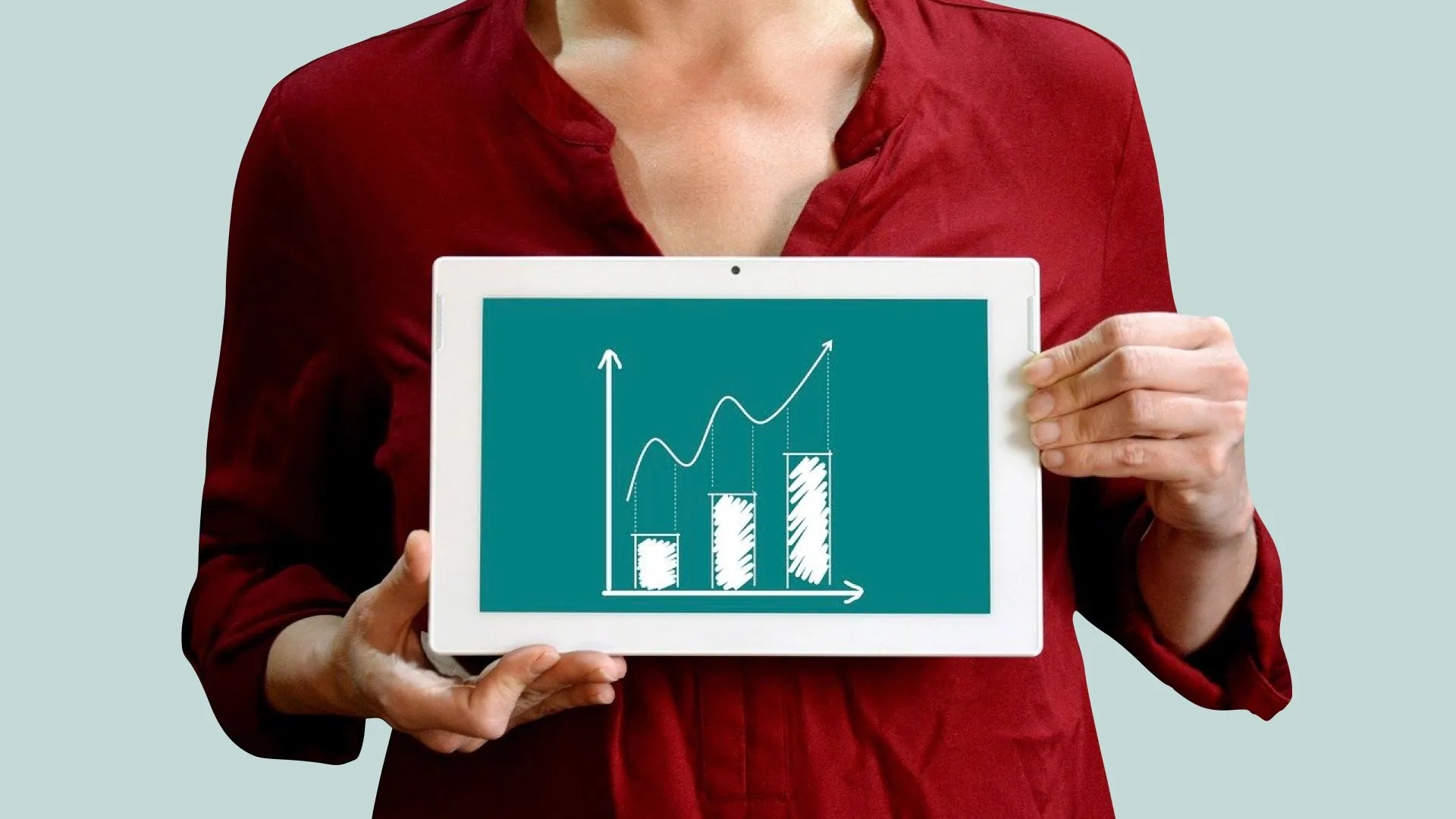Exploring the Differences Between Savings and Investments
Exploring the Differences between Savings and Investments

For some people, saving and investing are the same: setting aside money for future use.
If this is your definition of saving and investing, you’re not wrong altogether. It is, however, an oversimplification of the terms. Saving and investing have crucial differences in terms of goals, risk, returns, and liquidity—traits that have a tremendous impact on your financial security.
InLife explores the differences between savings and investments in detail to help you on your journey to financial independence.
The Lowdown: Saving vs. Investing
The differences between saving and investing lie in their purpose.
Saving is setting aside money for emergencies, sudden expenses, or an immediate goal (three years or less). The money you saved (usually deposited in a savings account) must be available when you need it. It can be allocated for a rainy day, like an unexpected car repair. It can also be allocated for a specific expense, like a family vacation, a new phone, or a kitchen remodel. By and large, a savings fund is short-term because it only needs to fulfill a need in the near future.
Investing is setting aside money so it could grow over time. You invest money (by buying stocks, bonds, real estate, fine art, etc.) with the expectation that it will yield substantial returns after a certain period. It’s not meant to be used as a source of funds for an immediate need; instead, people invest for long-term goals, such as a child’s college tuition or your retirement nest egg. As such, people leave their investment alone. They let the money sit and grow until it reaches a desired amount, enough to fund a major life goal.
When you save, your goal is to have a safety net in case of unforeseen events. When you invest, your goal is to generate wealth. These conditions determine the risk associated with each.
Surveying the Risk
Risk differs greatly between saving and investing.
When you save, you put your money into a savings account, like the money market account or a Certificate of Deposit (CD). These offer minimal risk; you don’t have to worry much about losing money. The Philippine Deposit Insurance Corporation (PDIC) secures and insures your savings for up to Php500,000, in case the bank you’re working with fails to protect your money.
Since savings accounts carry little risk, this is the perfect avenue to build a safety net. After all, you don’t want to put your emergency fund at risk.
The stakes are higher with investments. Investment accounts are subject to market volatility, so the money you invest will be affected by an economic boom or an economic crisis. When the stock market fluctuates, so does the value of your investments. As such, investing carries a much higher risk than saving — you can even lose money in a bad investment.
So, why do people invest despite the knowledge that they can possibly lose their money? Because the market follows the principle high risk, high reward. The higher the risk, the higher the possible returns.
Projecting the Returns
Because high risks come with high rewards (or losses), it follows that the returns for savings accounts are low. Many banks in the Philippines offer interest rates no higher than 2% for your savings, in fact. This interest rate is often expressed in percent per annum, meaning, the bank pays the interest every year. For instance, if a savings account of Php100,000 has an annual interest rate of 1%, then your money will grow by Php1,000 at the end of the year.
A 1% growth rate is a very modest earning compared to investing. Investments have a potential for a higher return than a savings account.
For instance, among investments, retail treasury bonds carry the lowest risk. They offer an interest rate of around 6.25% —far higher than the ceiling rate of a savings account. Interest rates go even higher when you invest in stocks, mutual funds, and real estate. In fact, the average stock market return in the Philippine stock market from 1988 to 2016 is 10.8%.
Remember, however, that there’s always a possibility that you lose what you invest.
Looking at Liquidity
How liquid you are also differs depending on whether you are saving and investing.
Saving accounts are more liquid, meaning you have access to ready cash when you need it. For instance, if you need money for an emergency healthcare expense, you withdraw immediately from your account. Some savings accounts put a cap on the amount you can withdraw, but by and large, you can get your hand on your savings should the need arise.
In contrast, the money you invested isn’t as liquid. The assumption is you’ll leave the money alone for it to grow, and you won’t touch it until it generates substantial amounts. Tangible assets, such as real estate or fine art, will be difficult to liquidate. Stocks are relatively easier to liquidate, so long as there’s a high volume of trade.
Which Is Better: To Invest or to Save?
Now that we’ve explored the difference between saving and investing, we come to the final question: which between the two is better?
Neither saving nor investing is better than the other. It might be even wiser to dabble in both. Remember, they have different goals, so they address different needs. If you need to build a safety net, then it would be better to put your money in a savings account. If you want to grow your money, invest it.
No matter how different investing and saving is, they share one characteristic: it’s something you should start doing today. By starting a savings account or investing in bancassurance products today, you stand to gain much larger returns in the future.
Learn how to save and invest the right way by being “MAPERAAN,” a group of programs and products created by InLife to guide Filipinos towards financial stability. Through this effort, we promote financial literacy and offer financial solutions to help you reach your goals. Talk to an InLife Financial Advisor today.






